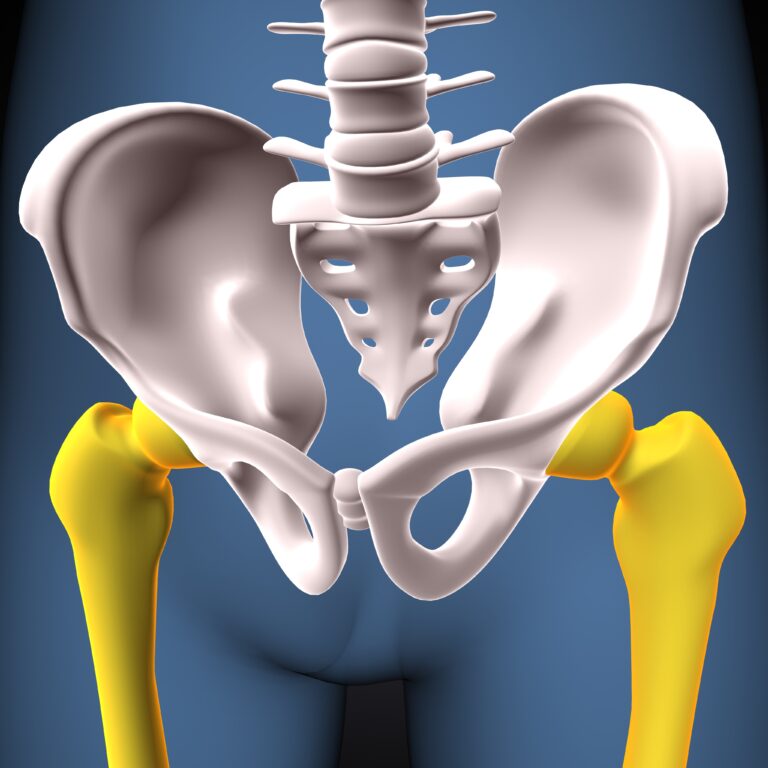Different Types of Hip Replacement Surgeries
Total Hip Replacement (THR)
Description of the Procedure
Total Hip Replacement (THR) is a surgical procedure where the damaged parts of the hip joint are removed and replaced with artificial components. The procedure involves replacing the acetabulum (hip socket) and the femoral head (the ball part of the joint) with prosthetic implants. This surgery is usually performed under general or spinal anesthesia and typically takes a few hours.
Indications for THR
THR is recommended for patients suffering from severe hip pain and disability caused by conditions such as:
- Osteoarthritis
- Rheumatoid arthritis
- Post-traumatic arthritis
- Avascular necrosis
- Hip fractures Patients who have not found relief through conservative treatments like medication, physical therapy, or lifestyle changes are often candidates for this surgery.
Benefits and Potential Risks
Benefits:
- Significant pain relief
- Improved mobility and function
- Enhanced quality of life
- Long-lasting results (most implants last 15-20 years)
Potential Risks:
- Infection
- Blood clots
- Dislocation of the new joint
- Implant wear or loosening
- Nerve or blood vessel injury
Partial Hip Replacement (Hemiarthroplasty)
Explanation of Partial Hip Replacement
Partial Hip Replacement, or Hemiarthroplasty, involves replacing only one part of the hip joint, typically the femoral head. The acetabulum is left intact. This procedure is less invasive than a total hip replacement and is commonly used for specific cases.
Common Scenarios Where It Is Recommended
Hemiarthroplasty is often recommended for:
- Elderly patients with hip fractures, especially if the socket is in good condition.
- Patients with certain types of hip arthritis confined to the femoral head.
Advantages and Limitations
Advantages:
- Shorter surgery time
- Less invasive than total hip replacement
- Quicker recovery
Limitations:
- May not address all sources of hip pain
- Not suitable for patients with severe arthritis affecting the hip socket
- Potential for future surgery if the acetabulum becomes problematic
Conclusion
Choosing the right hip replacement surgery depends on factors like age, activity level, bone health, and the cause of hip pain. Total Hip Replacement (THR) is best for extensive joint damage, while Partial Hip Replacement suits specific fractures. Hip Resurfacing preserves bone for younger patients, and Minimally Invasive Hip Replacement offers quicker recovery and less pain. Revision Surgery addresses issues with previous implants. Different surgical approaches (Anterior, Posterior, Lateral) each offer unique benefits and recovery implications. Custom and 3D-Printed Implants provide personalized, precise fits for better outcomes.
Disclaimer: The information provided in this blog post is for general informational purposes only and should not be considered professional advice. Before making any health-related decisions, consult with a qualified healthcare professional. The content is not a substitute for medical advice, and individual results may vary. The author and website are not responsible for any consequences arising from the use of the information provided. Use your best judgment and seek professional advice when needed.

